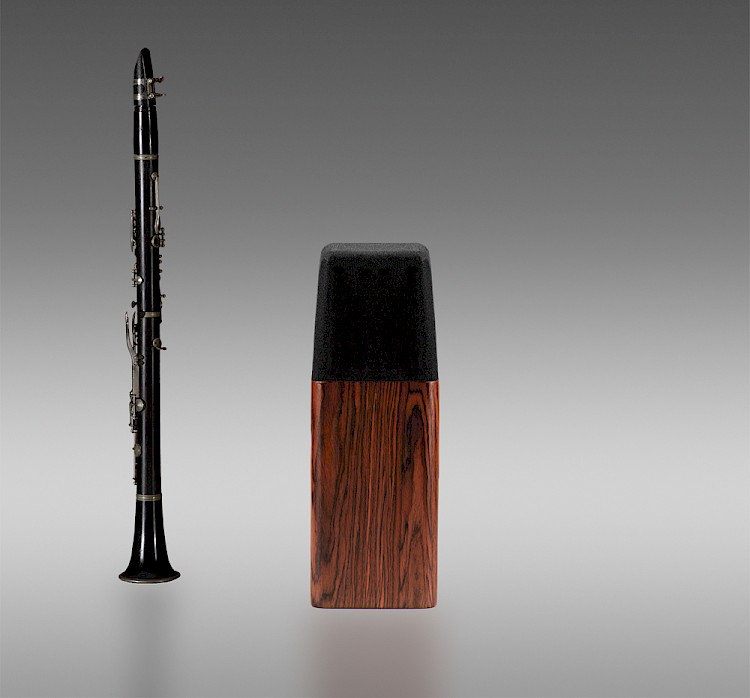In the world of audio technology, the advancement of speakers has led to varied and sophisticated designs to enhance sound quality. Among these, omnidirectional speakers have gained significant attention due to their unique ability to radiate sound uniformly in every direction. Here’s a deep dive into the essence and advantages of these revolutionary speakers.
What Are Omnidirectional Speakers?
Omnidirectional speakers are designed to emit sound uniformly across 360 degrees. Unlike traditional speakers, which push sound predominantly in one direction, these speakers ensure that the sound reaches every corner of the room. The term “omnidirectional” is derived from two words: ‘omni,’ meaning ‘all,’ and ‘directional,’ referring to the directions in which the sound is spread.
How Do Omnidirectional Speakers Work?
The underlying principle behind these speakers is to use acoustic design and driver positioning to create a spherical sound field. The speaker drivers are strategically placed or angled so that the sound waves they produce interact in such a way that they radiate uniformly in all directions. This is achieved through multiple drivers or specialized acoustic lenses that disperse the sound.
Advantages of Omnidirectional Speakers
1. Uniform Sound Coverage: Whether someone is sitting in the corner of a room or right in front of the speaker, the sound remains consistent. This is particularly beneficial for spaces where listeners might be spread out in different areas.
2. Enhanced Listening Experience: Due to their design, these speakers produce fewer direct sound reflections from walls and ceilings, leading to a more natural and open sound experience.
3. Flexibility in Placement: Given that they radiate sound in all directions, there isn’t a strict “sweet spot” for these speakers. This allows for greater flexibility in positioning them in a room.
4. Aesthetic Appeal: Modern omnidirectional speakers are not just about sound. Many come with elegant designs that can seamlessly blend with or become a centerpiece in any living space.
Considerations When Choosing Omnidirectional Speakers
While these speakers have many advantages, they might not be the best fit for everyone. Here are a few things to keep in mind:
Room Acoustics: In rooms with many reflective surfaces or poor acoustic treatment, the benefits of omnidirectional speakers might be diminished. It’s essential to consider the room’s layout and acoustic properties.
Genre Preferences: These speakers tend to shine with genres that benefit from a spacious sound, like classical or jazz. For listeners who prefer more direct and punchy sound, like rock or pop, traditional speakers might be a better fit.
Cost: High-quality omnidirectional speakers can be more expensive than their traditional counterparts. As with any tech purchase, weigh the benefits against the cost.
Omnidirectional speakers represent a step forward in the evolution of audio technology. They provide an immersive sound experience that is hard to match with traditional speakers. While they might not be the perfect fit for every space or listener, their unique properties make them worth considering for those looking for a rich and uniform sound experience. As with any technological investment, thorough research and consideration of personal preferences and space constraints are key to making an informed decision.


